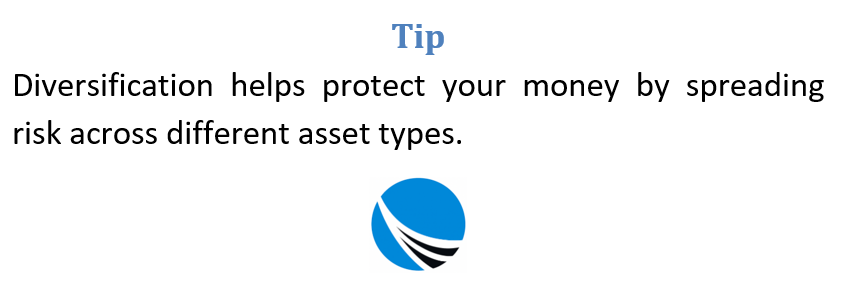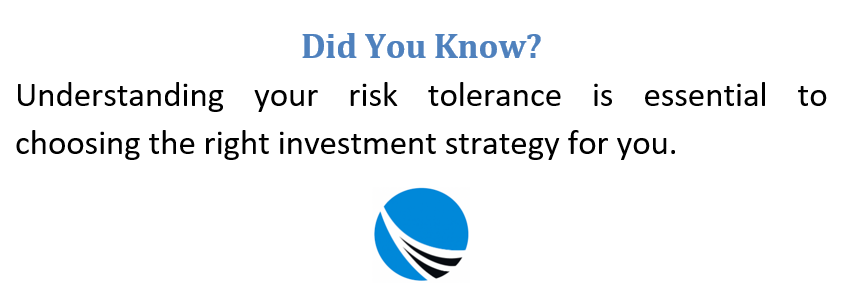Taking the leap into investing can feel like navigating a complex maze, especially if you’re new to the world of finance. The multitude of options, risks, and unfamiliar terminology can be overwhelming, causing many to delay or avoid investing altogether. Yet, investing remains one of the most effective ways to build long-term wealth and achieve financial independence.
Before diving in, it’s important to ask the right questions. These will help you understand how investing fits into your life, how much you should commit, and what to expect from your investments. This article explores five essential questions you should ask yourself—and possibly a financial advisor—before putting your money into any investment product.

How Much Do I Need to Begin Investing?
Contrary to popular belief, starting your investment journey doesn’t require a large sum of money. While some assume investing is reserved for the wealthy, many modern financial platforms now cater to beginners by offering low entry points.
In fact, several mutual fund platforms and online brokers allow you to begin with as little as a few hundred dollars. Digital tools like robo-advisors, which offer automated portfolio management, often have minimal starting requirements and are tailored for those just beginning.
This means that even if you’re working with a tight budget, you can still begin building your portfolio. The key is to start with what you can afford—without touching your emergency fund—and grow your investment as your knowledge and income expand. Small, consistent contributions can compound into significant gains over time.

What’s My Comfort Level With Risk?
Every investment involves some level of uncertainty. Before deciding where to place your money, it’s critical to evaluate your tolerance for risk. Some people can tolerate market ups and downs with ease, while others find any dip in their portfolio stressful.
Risk tolerance refers to how much volatility you’re comfortable enduring in pursuit of potential returns. Generally, investors fall into three categories:
- Low risk (conservative): Prefers stability over growth, prioritizing capital preservation with modest returns. Typical investments include government bonds or high-grade corporate debt.
- Medium risk (balanced): Open to some level of fluctuation for moderate returns. This group usually diversifies across asset classes to balance growth and stability.
- High risk (aggressive): Willing to take bold steps in hopes of higher gains, accepting that significant losses could occur along the way.
Several factors influence your risk appetite, including your financial goals, investment timeframe, income stability, and personality. For instance, someone saving for a down payment in two years may invest differently from someone planning for retirement in three decades.
There are online questionnaires that assess your risk profile based on these variables. Alternatively, a licensed financial advisor can help you determine which risk category best fits your lifestyle and guide you toward suitable investment strategies.
What Types of Investments Should I Consider First?
With countless financial products available, selecting your initial investments can be overwhelming. Understanding the basics of common asset classes can help you make informed decisions that align with your goals and comfort level.
Here’s a breakdown of popular investment options to consider:
- Stocks: When you purchase a company’s shares, you become a partial owner. Stocks can offer high returns, but they’re also volatile. They’re best suited for those with a higher tolerance for risk and a long investment horizon.
- Bonds: These are essentially loans you give to governments or corporations. In return, they pay you interest over time. Bonds are generally considered safer than stocks and are popular among conservative investors.
- Exchange-Traded Funds (ETFs): ETFs are bundles of stocks or bonds that mirror a specific index, like the S&P 500. They offer built-in diversification and lower fees, making them a strong option for beginners.
- Mutual Funds: These professionally managed funds pool money from many investors to buy a mix of assets. They can be tailored to different goals and risk levels, though they often come with higher management fees.
- REITs (Real Estate Investment Trusts): REITs offer a way to invest in property markets without owning physical buildings. These can generate steady income through dividends, but their values can fluctuate with the economy.
- Endowment Plans: These long-term savings plans often combine life insurance with investment. While they offer lower returns, they’re appealing to those who prefer structured contributions and a guaranteed maturity payout.
- Crowdfunding and Private Equity: Platforms now allow individuals to invest in early-stage startups or niche ventures. These can offer high returns but come with high risk and little liquidity.
When starting out, focus on simple, diversified products like ETFs or mutual funds that match your risk profile. These products spread risk across multiple companies or sectors, reducing the chance that any single investment will cause a major loss.
Why Is Diversification Important?
One of the golden rules of investing is not to rely too heavily on a single asset, sector, or region. That’s where diversification comes in.
Diversification means spreading your investments across different types of assets, industries, and even geographical regions to reduce exposure to risk. The logic is straightforward: when one investment underperforms, others may perform better, helping to cushion losses.
There are several ways to diversify:
- Across asset classes: Include a mix of stocks, bonds, real estate, and perhaps even commodities.
- Within asset classes: For example, hold stocks from various industries such as technology, healthcare, and utilities.
- Across markets: Consider exposure to both domestic and international companies.
This strategy smooths out your portfolio’s performance and helps avoid major losses caused by over-concentration. For beginners, one of the easiest ways to diversify is by choosing a balanced fund or ETF, which automatically includes a variety of holdings.
As you grow more experienced, you may wish to create your own blend of assets. But always remember—no matter how confident you are in a particular investment, it’s wise not to stake too much on it.
Who Should I Listen To for Financial Guidance?
When you’re starting out, figuring out whom to trust for investment advice is as important as deciding where to put your money. With a mix of online influencers, family advice, and financial news, the sheer amount of information can be overwhelming.
It’s essential to identify trustworthy sources. These include:
- Certified Financial Advisors: Professionals who hold licenses and credentials to advise on financial matters. Look for individuals registered with national or regional financial authorities.
- Bank or Brokerage Advisors: Many financial institutions offer consultation services for clients. While these can be helpful, be aware that their recommendations may sometimes align with the products they sell.
- Independent Financial Planners: These advisors typically work for a fee rather than commissions, which can minimize conflicts of interest.
- Educational Platforms: Websites hosted by universities, financial regulators, or reputable investment firms often provide unbiased, research-backed information.
While it’s okay to discuss ideas with family and friends, be cautious. Everyone has different risk tolerances, goals, and financial situations, so what worked for someone else might not be right for you.
Finally, always ask questions. A good advisor should be transparent, willing to explain concepts clearly, and committed to helping you reach your specific financial objectives—not just selling you a product.
Conclusion: Investing Begins With the Right Questions
Stepping into the investment world doesn’t require a finance degree or a big bank account—just curiosity, patience, and the willingness to ask meaningful questions.
By starting with the five questions outlined above, you can lay a solid foundation for your investment strategy:
- How much can I afford to start with?
- What level of risk am I comfortable with?
- Which investment vehicles align with my goals?
- How do I spread my investments to reduce risk?
- Who can I rely on for trustworthy advice?
Taking the time to reflect on these will not only reduce confusion but also boost your confidence as an investor. And once you’re comfortable with the basics, you can begin exploring more complex strategies and products tailored to your financial journey.
Remember, investing isn’t a sprint—it’s a long-term process. The earlier you begin and the more informed your choices, the greater the potential to build lasting wealth.


